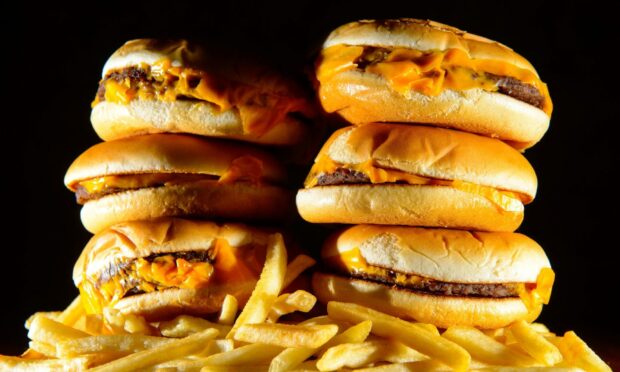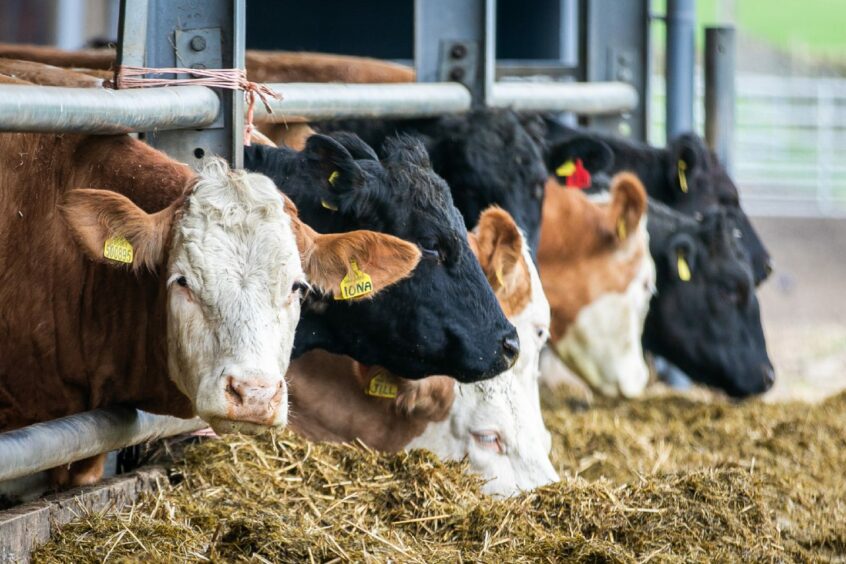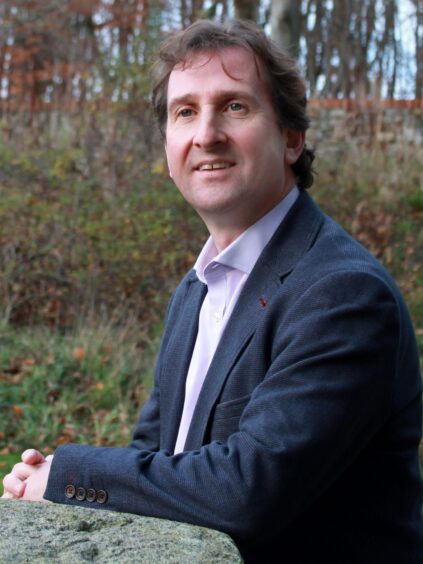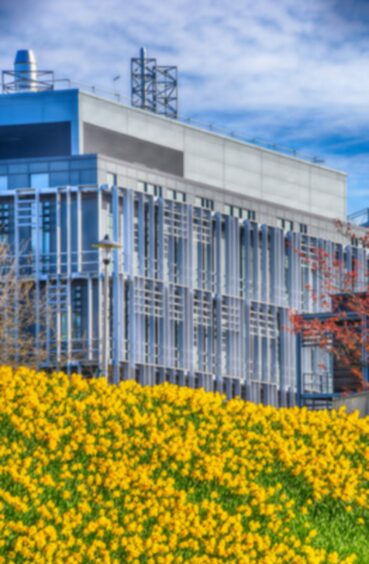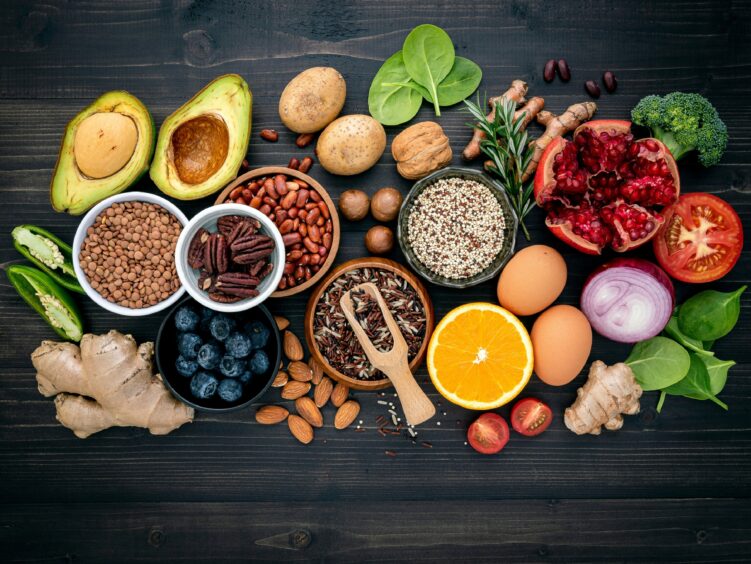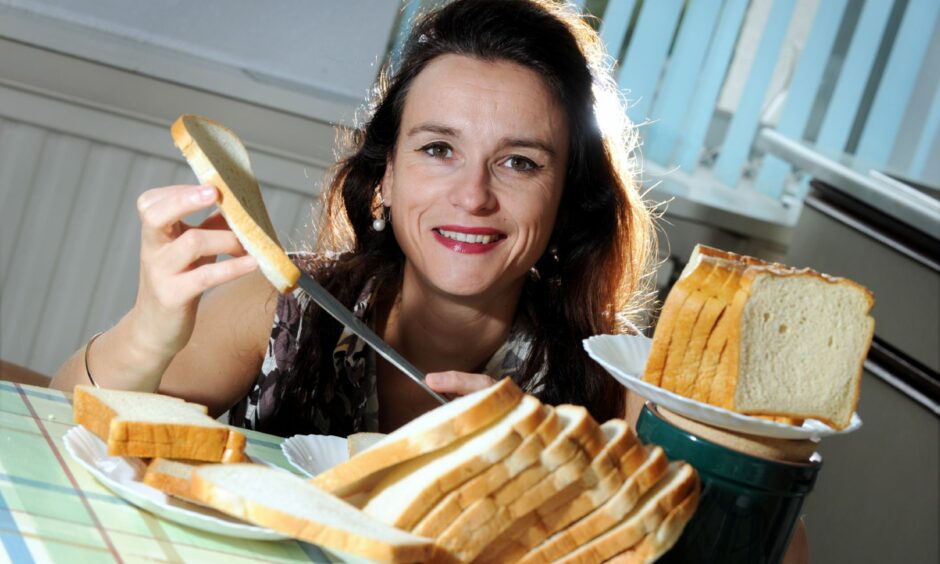Aberdeen is home to a long-established facility which is a global leader in nutrition research.
The Rowett Institute has been involved in helping solve nutritional problems for more than a century.
It played a key role in establishing the link between diet and health in the first half of the 20th Century. And it continues to work on important diet-related health and food security problems today.
Much of the current research is sponsored by the Scottish Government and aims to address the big issues of our time, including food inequalities, food security and obesity, as well as the sustainable development of Scotland’s food industry.
Changing with the times
Professor Jules Griffin, director of the Rowett, told The Press and Journal the institute was “excellently placed” to tackle some of the major challenges facing the world.
At the outset, staff concentrated on malnutrition and related illnesses, identifying links between nutritional insufficiencies and disease processes.
But after the Second World War the Rowett’s emphasis shifted to health and nutrition in animals of agricultural importance, with a view to maximising production efficiency.
For example, it was responsible for changes in cattle diet which changed farming forever.
Food focus returns to humans
But now, with growing problems in the human diet, the facility’s work has returned to the relationship between what we eat and our health and wellbeing. It is problems of over-consumption, rather than under-consumption, that are the Rowett’s main focus.
Prof Griffin said: “A significant amount of the work that led to the modern science of nutrition as we know it today was carried out at the Rowett. The reach of our research has truly been global.
“The institute has shown itself to be a flexible and innovative organisation, responding to the changing times throughout its long and distinguished history. As part of Aberdeen University’s school of medicine, medical sciences and nutrition, the institute has strengthened its ability to thrive as a global leader in nutrition research.
“Nothing demonstrates this more clearly than our state-of-the art building on the university’s main health campus at Foresterhill.”
The 108,000sq ft building includes a human nutrition unit (HNU), with capabilities for measuring metabolic health and a body composition suite, alongside extensive laboratories and world-class analytical chemistry facilities for measuring the molecules that make up food and our bodies.
HNU gives volunteers taking part in dietary trials and studies modern and comfortable surroundings, while at the same time providing the environment researchers need to undertake scientifically rigorous studies.
The Rowett currently has around 110 staff and 140 students.
Students can gain a master’s degree in clinical or human nutrition, with courses held online and on campus. Some students study for a PhD, spending three-four years on their own research projects. The institute also has a wide range of postgraduate research opportunities across the spectrum of nutritional science, including part-time courses and visiting student programmes.
It works closely with the Scottish Government through rural and environmental sciences and analytical services as part of the Scottish Environmental, Food and Agriculture Research Institutes to address nutrition and food challenges.
And it helps to improve the health and wealth of the nation by providing research outcomes and recommendations to policymakers.
Current research at the Rowett includes chrononutrition, which looks at how the time of day impacts appetite, and our response to food and the production of sustainable protein to ensure our diet is healthy for us and good for the planet.
Prof Griffin continued: “Going forward, the Rowett Institute is excellently placed to tackle some of the major challenges that face our society. To give just three examples of our work, we are addressing:
- Global warming by making our diets more sustainable
- Obesity and type 2 diabetes by designing healthier diets
- Antimicrobial resistance by understanding how the food chain contributes to the bugs we are exposed to
As well as research, the Rowett also carries out many public engagements.
Some of its team were at this month’s Royal Highland Show, showcasing topical work relating to sustainable diets, while guest chef Bethany Ferguson cooked up dishes inspired to the research for visitors to sample.
Read more: Rowett food expert’s cost-of-living-crisis warning
